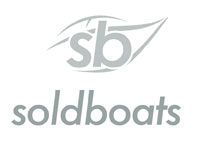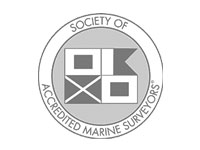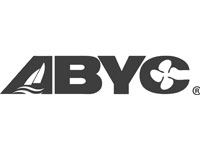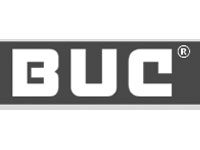Why Get A Marine Survey?
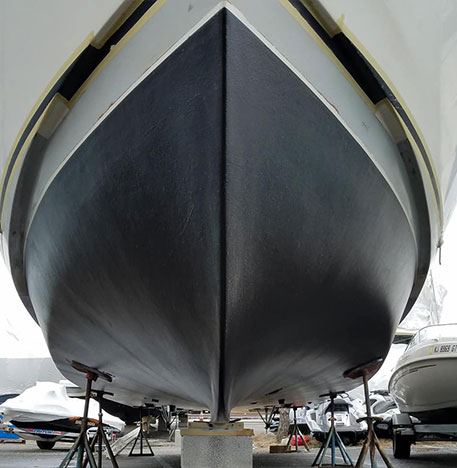
What Is A Marine Survey?
People often ask the following question: “What is a marine vessel inspection and why do I need one?”. When one decides to buy a boat, it is an exciting event. People work very hard to save for this major purchase, and often times finance more money than they have financed for their homes. When you purchase a home, one of the pieces of information that you obtain is a pre-purchase home inspection. Think of a boat purchase in parallel. The difference being that a marine survey offers a valuation report as well.
When you have made a decision to buy a boat, it often becomes something of an emotional experience. After all, boats are a passion for people. They’ve always been a passion for me, so I completely understand. What a pre purchase marine survey offers is peace of mind about finalizing that purchase.
Why Get A Survey?
Most often, lenders and insurance companies require a boat to be surveyed prior to financing or insuring a vessel, in order to make certain that the vessels condition is safe, fit for its intended purpose, and properly valued.
There is a lot of information contained within your marine survey. Figure that the average 30 ft boat or larger vessel has most of what people want in a home away from home. They have small kitchens, showers, sinks, toilet systems, air conditioning systems; as well as both AC and DC electrical systems. Boats have main propulsion systems as well as power generation systems. These systems all live and coexist in the harshest of environments to often become your home away from home.
Making certain that the vessel is in sound, safe condition and that the price you pay is in line with market conditions is a crucial part of your purchase decision. Our goal is to aid our customer in making good choices when it comes to their vessels safety, condition and value, and to point out any issues that require attention to help make that happen.
Whats Inside?
Survey Details
Procedures and Documentation
- Go where you need us–willing to travel
- Conduct In-Water, Haul out (wetted surfaces), and Sea Trail
- Produce professional report with detailing findings–normally delivered in pdf format via email
Hull (Wetted Surfaces, Topsides, and Internal Structural Members)
- Percussion hammer testing of fiberglass reinforced plastic (FRP)
- Check thru hull fittings for galvanic halos
- Inspect zincs (sacrificial anodes)
- Inspect for bottom blisters
- Inspect for delamination, disbonding, or general hull damage
- Check cutlass bearings
- Check rudders and struts
- Inspect all transducers
- Inspect propellers and prop shafts
- Inspect bulkheads
- Inspect stringers
- Inspect other structural members as necessary
Deck and/or Superstructure
- Percussion hammer testing of FRP
- Moisture meter testing of FRP
- Inspect hull-to-deck joint
- Check drainage, hatch integrity, fasteners
Machinery and Fuel Systems
- Visual inspection of engine(s)
- Visual inspection of transmission(s)
- Visual inspection of generator
- Inspect condition of all belts and hoses
- Start and run engines during sea trail
- Start, run, and load test generator
- Record operating hours
- Check fluid levels
- Inspect exhaust systems
- Inspect fuel tank, fittings, and lines where accessible
- Inspect fuel filters (primary and secondary)
- Check bow/stern thrusters
- Inspect seals and packing glands
- Test exhaust blowers
- Perform oil/fluid sampling where requested (additional fee)
Bilges and Thru Hulls
- Inspect bilge areas for oil or other contaminants
- Inspect/test bilge pumps
- Test high bilge alarms
- Check seacocks for proper operation
- Check raw water strainers
Electrical
- Inspect both DC and AC systems (battery, shore, generator)
- Inspect shore power cabling and connections
- Check galvanic isolators
- Check outlets for proper polarity
- Inspect wiring condition
- Inspect batteries (mounting, wiring, condition)
- Check generator operation under load
- Inspect grounding system
- Inspect battery charger and inverter
Safety Requirements and Gear
- Inspect life jackets and Type IV throwable PFD’s
- Inspect EPIRB or personal locator beacons and life rafts.
- Inspect fire extinguishers and fire extinguishing systems
- Check visual distress signals (flares) – proper type, quantity, and expiration
- Test fire and CO2 alarms
- Test bells or horns
- Ensure all required placards mounted properly (waste, trash, oil)
- Check navigation lights
Sea Trial
- Record RPM and speed data at idle, cruise, and WOT RPM
- Record gauge and temperature gauge info at idle, cruise and WOT
- Perform backdown check to test motor mount integrity where possible
- Inspect steering system, rudders, hydraulic rams.
- Check autopilot systems
- Test trim tabs and/or stabilizers
- Check packing gland
- Check for excessive leaks within bilge
- Check all navigation and helm electronics for power up and operation.
Amenities and Comfort
- Inspect marine heads
- Inspect plumbing, hot water heaters, sinks and showers
- Test heating and A/C systems
- Inspect portlights, hatch openings, windows
- Inspect appliances, stereos, etc.
- Inspect cabin sole, ceilings, overhead, etc
- Test water makers
Miscellaneous
- Inspect anchor and rode (ropes and chain)
- Test windlass for proper operation
- Test all cameras, intercoms, burglar alarms, etc
- Inspect bonding system throughout vessel
- Inspect LPG or CNG systems
- Check mooring lines, fenders, etc.

